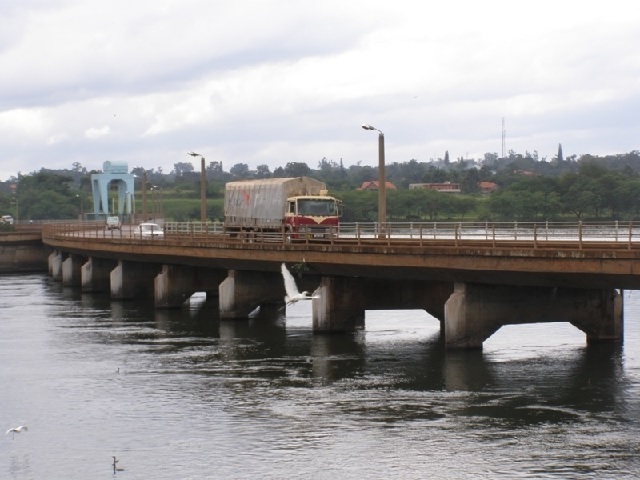
Kampala, Uganda | THE INDEPENDENT | The Ministry of Works and Transport has said that the opening of the Nalubaale Bridge does not pose any safety threat to road users because the infrastructure is still strong and durable.
The clarity was made after a public uproar on a decision by the Uganda National Roads Authority to close part of the new Source of the Nile Bridge. The recently-commissioned bridge will be closed for three months between April 15 and July 10, to allow restoration works to replace the defective pavement and asphalt layer on the bridge.
The scope of works will include an application of a waterproofing material to the concrete deck surface that will effectively bond with the modified polymer asphalt layer, according to a statement issued by UNRA early this week. The works will be undertaken through a Joint Venture of the Zenitaka Corporation and Hyundai Engineering and Construction Co. Ltd.
During the time of reconstruction, access to the bridge will be limited to Kampala-bound traffic while Jinja-bound traffic shall be diverted to the Nalubaale Bridge, which was initially declared weak, according to periodical studies conducted more than a decade ago. The bridge was constructed in 1954 and had reportedly outlived its lifespan.
Despite the status, State Minister for Works General Edward Katumba Wamala says that the old bridge was never condemned and it is still strong enough to serve the purpose.
The old bridge survived without major repairs since it was established except in 2011, a process that continued to 2013 with tarmac and road surface being fixed. However, the new Source of the Nile Bridge developed surface defects 10 days after it was commissioned on October 17, 2018 drawing public outrage.
According to UNRA Project Engineer Morris Odru Odoch, the cracks and rutting were observed on October 20, 2018, having opened to traffic on October 17, 2018. He says that the sudden defects resulted from the lack of bonding between the waterproofing materials and asphalt used on the surface of the bridge.
“Due to lack of bond, the asphalt surface was unable to withstand the shearing force of the passage of traffic,” said Odoch in a recent interaction with Members of the Physical Infrastructure committee of Parliament.
He, however, assured members that the main bridge structure has been designed for a period of 120 years and no single defect save for the cracked outer layer.
******
URN
 The Independent Uganda: You get the Truth we Pay the Price
The Independent Uganda: You get the Truth we Pay the Price



